SilverStone ST1000-PTS Power Supply Review: Downsizing To The Extreme
Why you can trust Tom's Hardware
Protection Features, DC Power Sequencing, Cross-Load Tests and Infrared Images
Protection Features
Check out our PSUs 101 article to learn more about PSU protection features.
| Protection Features | |
| OCP | 12V: >98.6A (>118.8%), 11.388V 5V: 33.2A (150.91%), 4.929V 3.3V: 35.3A (141.2%), 3.147V 5VSB: 4.6A (153.33%), 4.968V |
| OPP | >1196W (>119.6%) 11.066V |
| OTP | ✓ (110°C @ 12V Heat Sink) |
| SCP | 12V: ✓ 5V: ✓ 3.3V: ✓ 5VSB: ✓ -12V: ✓ |
| PWR_OK | Non Proper Operation |
| NLO | ✓ |
| SIP | Surge: MOV Inrush: NTC Thermistor & Bypass Relay |
The over current protection (OCP) at +12V isn't properly set, since it allows this rail to fall below 11.4V, the minimum voltage level that the ATX spec defines. The other rails have way too high OCP triggering points, as well. Lastly, the over power protection (OPP) is not set properly, either.
The over temperature protection has a low triggering point, at 110 degrees Celsius, but we didn't fall into trouble during our high ambient testing. Finally, the power ok signal is inaccurate and this is a great shame for such an expensive PSU.
DC Power Sequencing
According to Intel’s most recent Power Supply Design Guide (revision 1.4), the +12V and 5V outputs must be equal to or greater than the 3.3V rail at all times. Unfortunately, Intel doesn't mention why it is so important to always keep the 3.3V rail's voltage lower than the levels of the other two outputs.
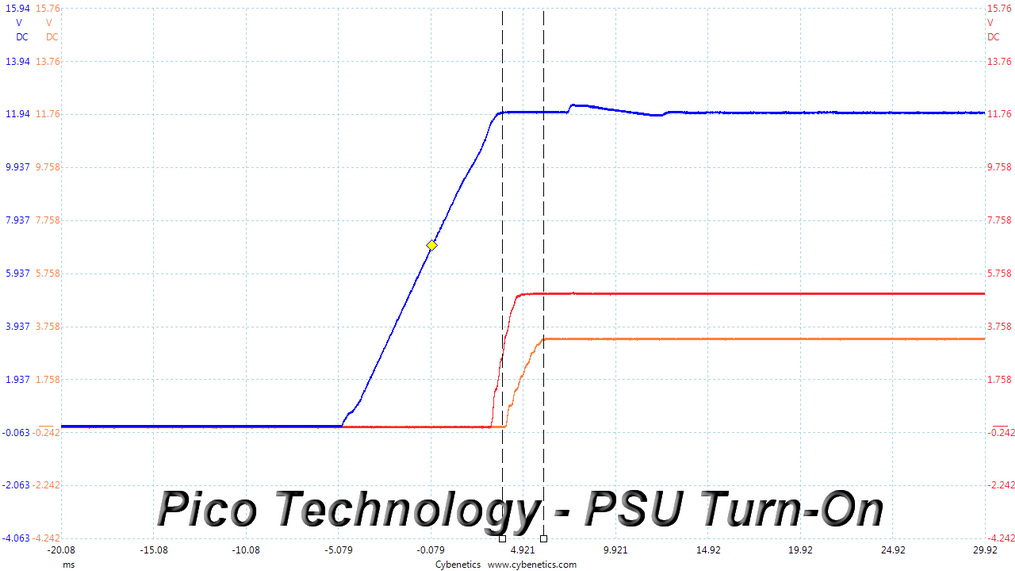


As you can see in the screenshots above, the 3.3V rail's voltage is always lower than the other two rails (+12V and 5V).
Cross Load Tests
Get Tom's Hardware's best news and in-depth reviews, straight to your inbox.
To generate the following charts, we set our loaders to auto mode through custom-made software before trying more than 25,000 possible load combinations with the +12V, 5V, and 3.3V rails. The deviations in each of the charts below are calculated by taking the nominal values of the rails (12V, 5V, and 3.3V) as point zero. The ambient temperature during testing was between 30 to 32 degrees Celsius (86 to 89.6 degrees Fahrenheit).
Load Regulation Charts


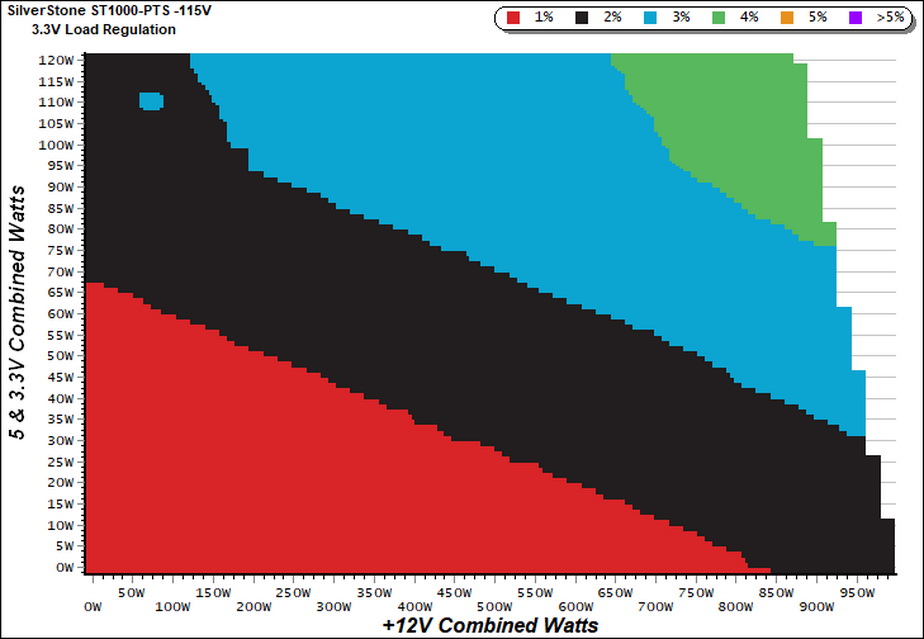
Efficiency Chart
Ripple Charts
The lower the power supply's ripple, the more stable the system will be and less stress will be also applied to its components.
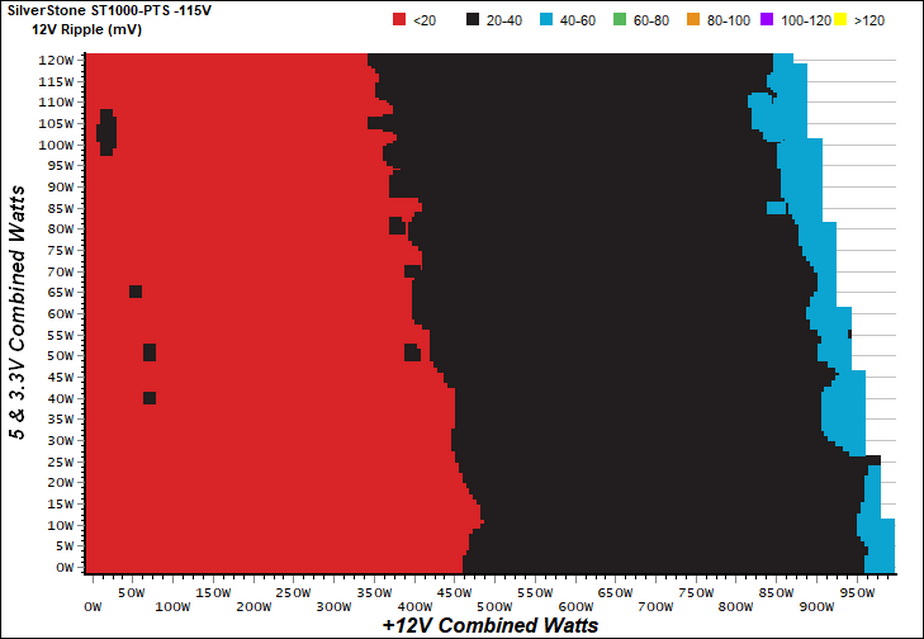

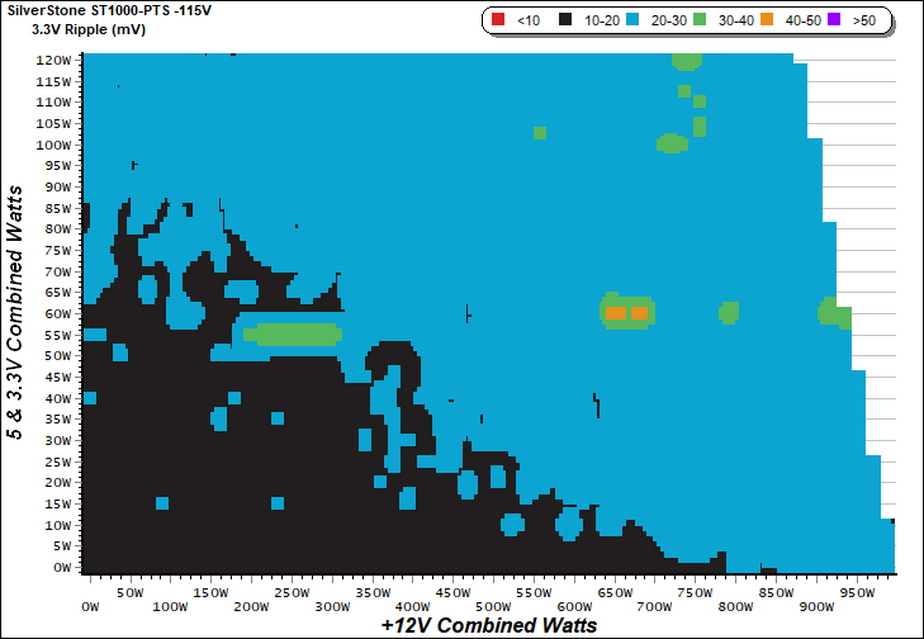
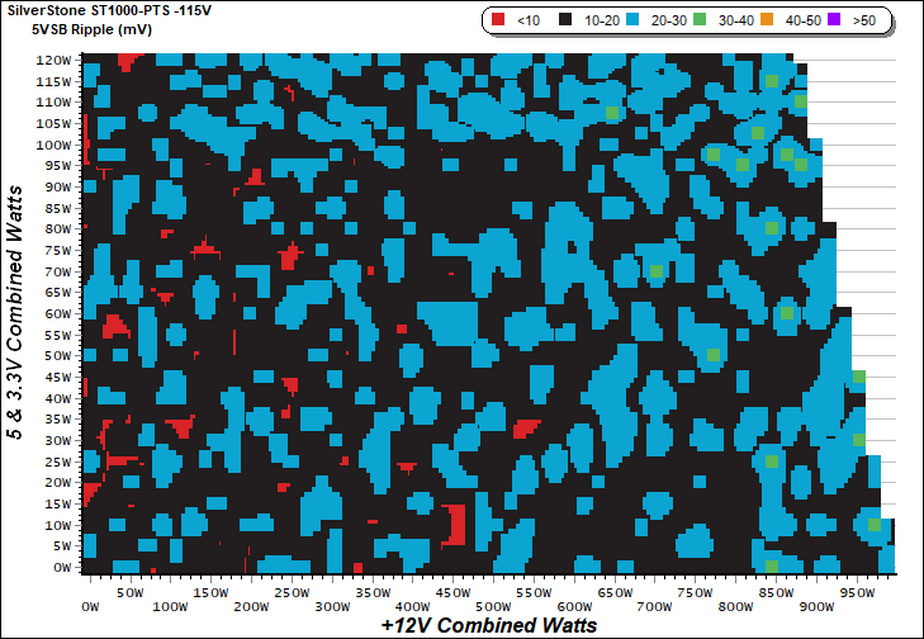
Infrared Images
We apply a half-load for 10 minutes with the PSU's top cover and cooling fan removed before taking photos with a modified FLIR E4 camera able to deliver an IR resolution of 320x240 (76,800 pixels).
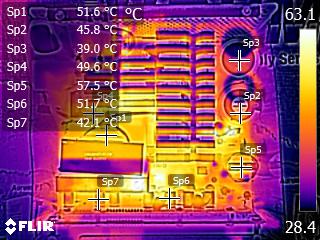
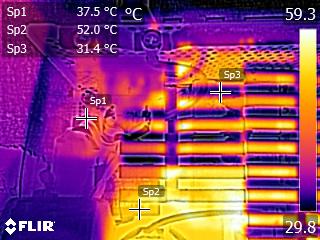



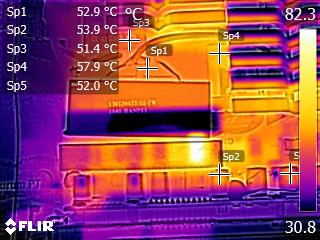
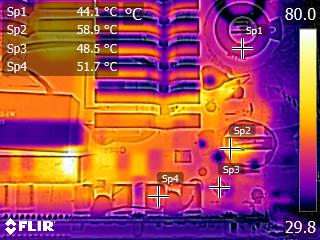
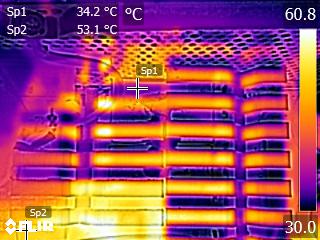
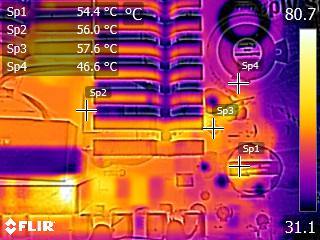

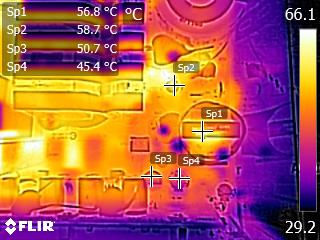
The temperatures of the PSU's internals are at normal levels, despite the 500W load that we applied for a ten-minute period.
MORE: Best Power Supplies
MORE: How We Test Power Supplies
MORE: All Power Supply Content
Current page: Protection Features, DC Power Sequencing, Cross-Load Tests and Infrared Images
Prev Page Load Regulation, Hold-Up Time, Inrush Current, Efficiency and Noise Next Page Transient Response Tests, Ripple Measurements and EMC Pre-Compliance Testing
Aris Mpitziopoulos is a contributing editor at Tom's Hardware, covering PSUs.
